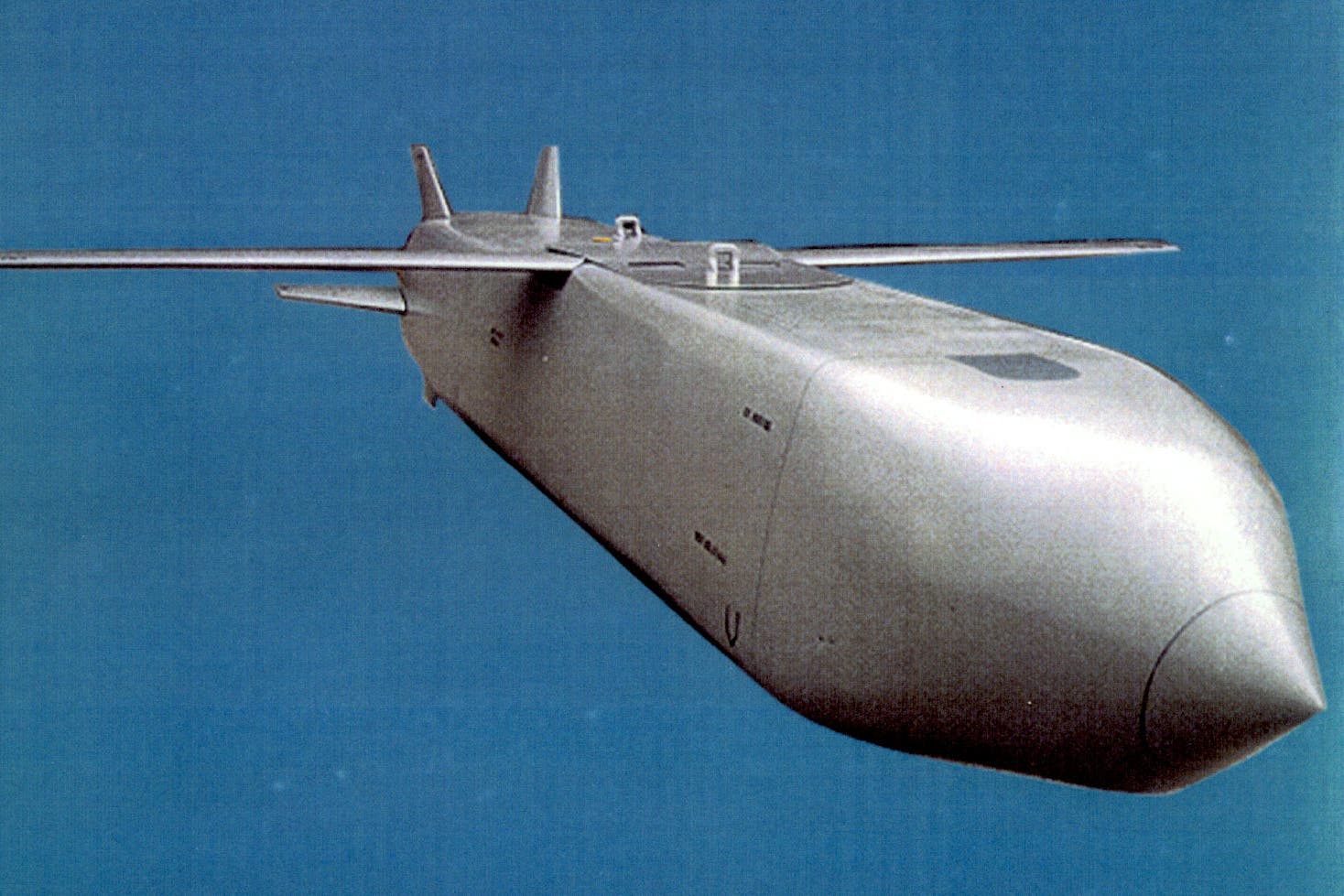We must give Ukraine the tools it needs to finish the job
Editorial: The West has taken President Putin’s threat of nuclear retaliation too seriously for too long. President Zelensky must now be permitted to use long-range weaponry on legitimate Russian military targets

As a glimpse into a calmer, more energetic – and frankly saner – near future, Kamala Harris’s performance in the ABC presidential debate gave the United States, and the wider world, much cause for hope.
Vice-president Harris put the choice at this election directly to the people. Do they want America to take its proper place in the world and support its allies? Or do they want their country to be an unreliable friend, working on a purely transactional basis, and led by a man who would trade Western interests for flattery and favours with brutal dictators?
In particular, the debate showed that Donald Trump has no interest in Ukraine winning its war with Russia – and, as Ms Harris put it, Vladimir Putin would eat Mr Trump for breakfast during any “peace” deal. As the first great international conflict of this century, Ukraine’s struggle for its independence and freedom is a proxy war for the future security of the continent of Europe.
To borrow a phrase from earlier presidential debates, the emerging question is this: will Europe become half-slave and half-free in this century, as it was for much of the previous one? And, with the protectionist, isolationist and nativist former president Trump looking for his old job back, is that even a matter for the United States?
That, then, is the context for the joint mission by US secretary of state Antony Blinken and the UK’s foreign secretary David Lammy to Kyiv. They are there for two purposes. First, to reassure Volodymyr Zelensky and his people that Ukraine still enjoys Western support – and that America and Europe are still determined that Russia should not win this war, nor allow the Kremlin’s to forces fight it to a standstill such that Mr Putin can retain occupied territory indefinitely after some Trump-brokered armistice.
Their second purpose is to hear first-hand Mr Zelensky’s case for using long-range missiles supplied by the West on Russian territory, as a preparation for Mr Zelensky’s meeting with President Biden on the issue later this month.
In short, Mr Zelensky needs to persuade his allies that the downside of using these weapons – antagonising the Kremlin – is based on a sound, realistic strategy. Well, with the audacious incursion by Ukrainian forces into Kursk, sovereign Russian territory, Mr Zelensky has shown that the military assistance afforded to Ukraine since the invasion in 2022 continues to be put to excellent use.
But, despite the stalemate on a number of fronts, this is a dynamic war, and the Russians are constantly seeking new ways to redress their tactical failures – with artillery ammunition supplies from North Korea, plus drones and now cruise missiles from Iran. Their usage not only threatens Ukrainian power supplies and other infrastructure, but is being used as a weapon of terror against the civilian population.
As winter draws near, the need to help Ukraine protect the home front grows ever more urgent. The increasingly close relationship between Moscow and Tehran also has highly disturbing implications for the situation in the Middle East.
Yet as Russia bombards the people of Ukraine, President Zelensky and his generals have been restrained from using long-range weaponry supplied by the West on legitimate Russian military targets. According to their comments in their press conference, it seems that those operational restrictions are to be relaxed, and not before time.
Of course, the Ukrainians should not use American ATACMS and Britain’s Storm Shadows, and other such missiles, against the Russian people, only against facilities and aerial threats. In the nature of modern aerial war, this potentially means attacks deep into Russian territory. But as Ukraine seeks to defend itself and innocent civilians, the use is justifiable.
Had such Western permissions been obtained earlier, and the F-16 fighters been supplied sooner, it is sadly highly likely that Ukraine would have clawed back more of its territory in 2022 and 2023, and many civilian lives would have been saved. Nothing now can be done about that, aside from learning powerful lessons about the consequences of Western hesitancy.
For too long Mr Putin’s thinly veiled threats about an escalating nuclear confrontation were taken too seriously (and still are by Mr Trump, according to what he said in the televised debate). However, the Russian leader’s threats have been shown to be a bluff.
In fact, the West’s failures to give stronger support to Ukraine, especially in the early stages of the war, and lack of response in the aftermath of the 2014 annexation of Crimea and parts of eastern Ukraine, have only encouraged more aggression.
As Ms Harris asked of former president Trump: do we want to see Mr Putin ensconced in a palace in Kyiv and planning his next moves on Poland and the Baltic states? If not, then we should continue to give President Zelensky the tools – and the freedom to manoeuvre – to finish the job.






Join our commenting forum
Join thought-provoking conversations, follow other Independent readers and see their replies
Comments